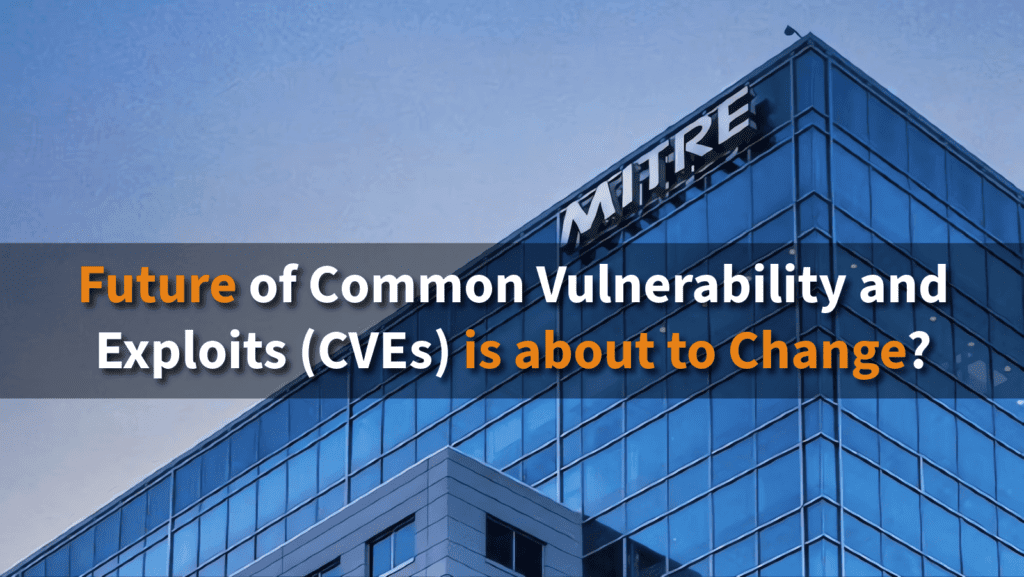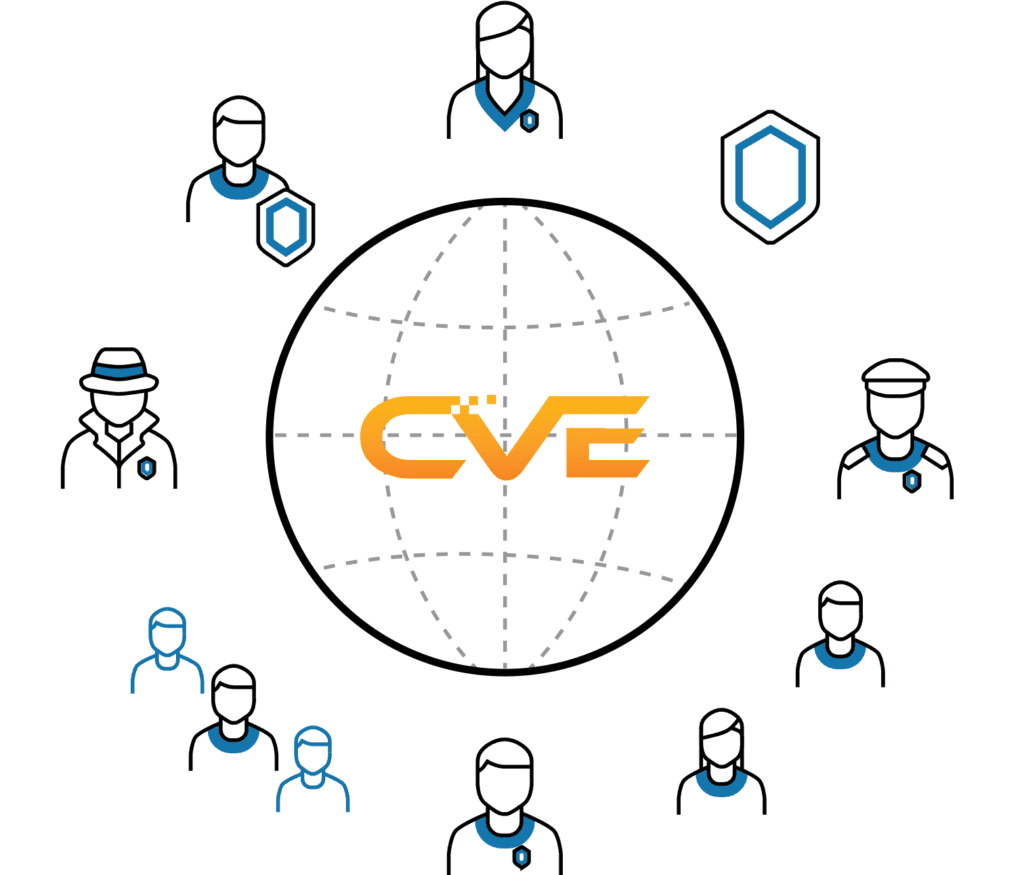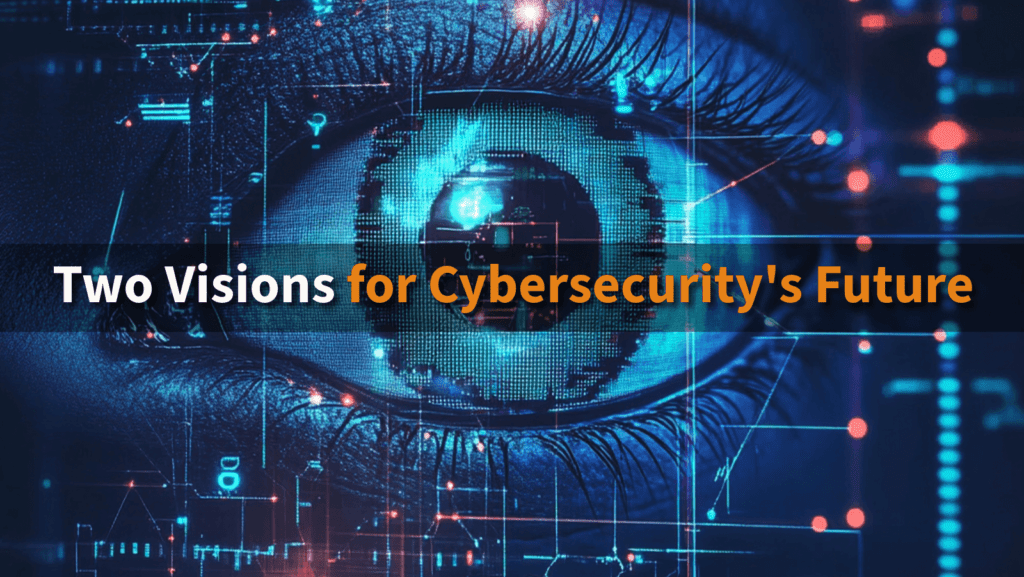Status Quo is at Risk as Funding for NIST and MITRE to Sustain Funding for the Common Vulnerabilities and Exposure (CVE) System has not come through.
In the midst of heated debates about the viability of the current Common Vulnerability and Exploits (CVEs) system, a compelling counter-narrative has emerged. Rather than dismantling a decades-old framework, proponents argue that the status queue—despite its imperfections—serves as a critical pillar of cybersecurity infrastructure. The solution, they contend, lies in redirecting efforts to secure robust, long-term funding for key institutions like NIST and MITRE. These bodies hold the expertise and historical context needed to evolve the CVE model sustainably. Updated: CISA, funded MITRE with an extension, but begs the question, what is the future of this ecosystem?

The Enduring Value of the CVE Identifier Model
The Common Vulnerabilities and Exposures (CVE) system has long been integral to cybersecurity. It offers a standardized framework that allows organizations worldwide to identify, track, and remediate vulnerabilities in a consistent manner. The status queue—an orderly process in which vulnerabilities are vetted, enriched, and published—might be beset by backlogs and delays. However, it also provides a disciplined approach to vulnerability management that ensures rigorous verification and accountability.
Maintaining this structured process is essential for several reasons:
Reliability and Consistency: The CVE model has withstood numerous tests over time. Despite its operational challenges, it provides a dependable framework that governments, industries, and academic institutions have built upon.
Comprehensive Oversight: By centralizing vulnerability data, the CVE system enables coordinated responses to emerging threats. This collective intelligence is vital for both preventing and mitigating cyberattacks.
Institutional Expertise: Both NIST and MITRE possess decades of experience and deep institutional knowledge. Their roles in maintaining the status queue ensure that the system remains rooted in proven methodologies while gradually evolving to meet modern needs.
Funding Challenges and Gaps in the Current CVE System
A significant part of the CVE system’s struggle stems from chronic funding shortfalls. The current operational model faces several hurdles:
Underinvestment: With cybersecurity threats escalating, the pace at which vulnerabilities emerge has far outstripped the available resources. This underinvestment has resulted in backlogs, with thousands of CVEs deferred or languishing in the system.
Bureaucratic Complexity: The intricate procedures required to validate and document each CVE can lead to delays. These challenges are compounded by limited financial and human resources.
Lack of Modernization Funds: Without significant and ongoing investment, the necessary modernization of databases and enrichment processes remains out of reach. This impedes the ability to adopt more agile technologies that could complement the existing framework.
The financing gap not only hampers current operations but also inhibits research and development efforts aimed at integrating innovative techniques into vulnerability management. Without immediate and sustained funding, the promise of a more responsive and efficient CVE model will remain unrealized. Even with the purposed changes from the CVE Foundation, that we believe is just a status queue organization.

Two Paths Forwards for CVE Vulnerability
The Future with a Sustained CVE Vulnerability Model
Investing in NIST and MITRE is, in essence, an investment in cybersecurity’s future. With robust funding, these institutions could leverage new technologies and processes without discarding the core strengths of the CVE system. Here’s what this future might look like:
Enhanced Operational Efficiency: Additional funding would allow for the recruitment of highly skilled cybersecurity professionals and the development of state-of-the-art tools to streamline the status queue. Automation could be introduced incrementally, preserving the rigorous oversight that the manual process provides.
Improved Responsiveness: With better resources, NIST and MITRE could close the backlog more effectively. Enhanced computing power and improved data analytics would ensure that vulnerabilities are processed, enriched, and disseminated more quickly.
Seamless Integration with Emerging Technologies: Strategic funding could enable a gradual infusion of AI and other innovative technologies into the CVE framework. Rather than a complete overhaul, this approach would allow for a symbiotic relationship, where automation and human expertise work hand in hand.
In a scenario where the CVE model is successfully modernized, the cybersecurity community would benefit from a system that combines historical reliability with the agility necessary to counter modern threats.
The Future Without a Sustained CVE Database
Conversely, without the requisite funding and modernization, the CVE system risks becoming increasingly obsolete:
Escalating Vulnerability Backlogs: The current trend of deferred or backlogged CVEs would likely continue, leaving organizations exposed to unaddressed security risks.
Fragmentation in Cybersecurity Practices: As government-backed frameworks become less reliable, organizations might be forced to adopt disparate, proprietary systems. This fragmentation could hinder coordinated responses to widespread threats.
Loss of Centralized Intelligence: The critical aggregation of vulnerability data would suffer, undermining collective efforts to predict, prevent, and respond to cyberattacks. In such a scenario, the cyber defense landscape would become disjointed and reactive.
The ramifications of an unfunded and fragmented vulnerability management system are profound. The gap left by a failing CVE model could be exploited by increasingly sophisticated cyber adversaries, leading to dire consequences for both public and private sectors.
Hinting at Alternative Approaches
While the debate over CVE sustainability intensifies, some voices argue for a radically different path—one that embraces AI pentesting, automated cybersecurity agents, and innovative subscription-based models. This alternative perspective envisions a future where vulnerability management is radically automated, highly agile, and economically self-sustaining. Although these approaches are promising and have their advocates, the inherent value of the CVE model, bolstered by rigorous funding and modernization, cannot be dismissed lightly.

Conclusion: Two Visions for Cybersecurity’s Future
The discussion surrounding the evolution of vulnerability management is far from binary. On one side, proponents of increased funding for NIST and MITRE argue for sustaining and modernizing the time-tested CVE model—a system that, with enhanced support, can continue to provide comprehensive oversight and coordinated defense against evolving threats. On the other side, a forward-looking perspective advocates for a transformative overhaul, driven by AI pentesting and automated systems, to build an entirely new ecosystem.
Both perspectives highlight valid concerns and potential paths forward. As policymakers and industry leaders navigate these complex choices, what remains clear is that cybersecurity demands innovative, effective, and sustainable solutions—be it through a revitalized CVE model or entirely novel frameworks. The future of cyber defense may well depend on bridging the gap between these two visions, harnessing the strengths of each to create a resilient digital ecosystem for generations to come.





